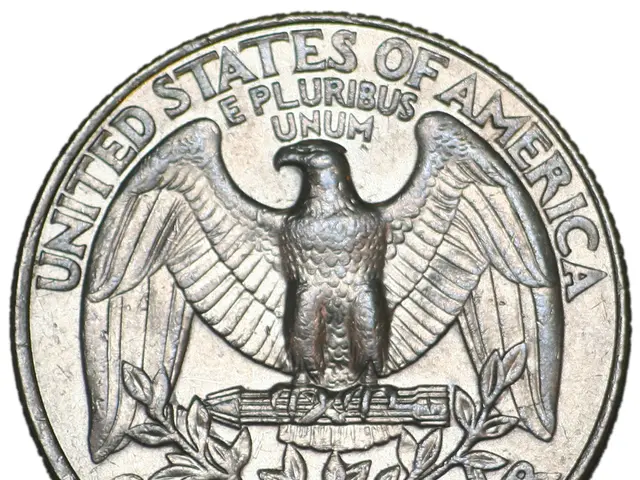Skyrocketing healthcare costs are contributing significantly to increased auto insurance premiums
Navigating car insurance claims can be tricky, especially when it comes to medical bills following a car accident. Many folks focus on vehicle repairs after an accident, but overlook the fact that liability insurance covers the medical bills of those injured – costs that can quickly surpass the cost of repairing or even totaling a vehicle. With rising healthcare costs, insurers are adjusting rates accordingly.
Our True Cost of Auto Insurance report revealed a 30% surge in the average cost of full coverage car insurance since 2023. This increase is due in part to the mounting expenses associated with medical care after car accidents. Healthcare costs, influenced by factors such as inflation, product shortages, and staffing shortages, are on the rise.
According to the U.S. Bureau of Labor Statistics, the cost of medical care services and commodities increased by 18% and 10%, respectively, from January 2019 to January 2025. However, these numbers don't tell the whole story. When dissecting the cost of hospital services, which accounts for emergency room visits and urgent care centers, those costs surged by 26%.
Staffing shortages in the healthcare industry have contributed to these increased costs. The pandemic exacerbated workforce shortages, and many healthcare professionals, including over 100,000 registered nurses within two years, left the profession due to burnout, stress, and retirement. By 2027, the Health Resources and Services Administration projects that there will be a shortage of over 300,000 registered nurses and 146,000 licensed nurse practitioners across the country.
Hospitals facing staffing shortages often turn to contract labor, driving up costs and, consequently, hospital bills. These higher costs are reflected in claim payouts, ultimately leading to increased car insurance rates.
In the grand scheme of things, healthcare costs are just one factor contributing to higher car insurance rates. Bodily injury and personal injury protection (PIP) claim payouts are increasing, yet collision and comprehensive claims occur about five times more frequently. This means that changes in costs related to vehicle parts and repairs may have a more significant impact on your auto insurance rates.
However, as President Trump's new tariff plans take effect, vehicle parts and repairs may also become more expensive, altering this balance. Keep an eye on these changes and discuss them with your insurance agent to ensure you're making informed decisions about your coverage.
Regardless of the increase in vehicle repair costs, liability insurance typically covers the medical bills of those injured in a car accident, which can greatly surpass the cost of vehicle repairs or even totaling the vehicle, given the rising healthcare costs. In our "True Cost of Auto Insurance" report, we observed a 30% surge in the average cost of full coverage car insurance since 2023, largely attributed to the escalating medical care expenses following auto accidents. Science and medical-conditions play a crucial role in this situation, as factors such as inflation, product shortages, and staffing shortages influence healthcare costs, leading to a 26% surge in hospital service costs between January 2019 and January 2025. This trend, alongside staffing shortages resulting from factors like burnout, stress, and retirement, has driven up hospital costs, which are eventually reflected in car insurance claims and payouts, thereby impacting finance and car insurance rates in 2023 and beyond.






